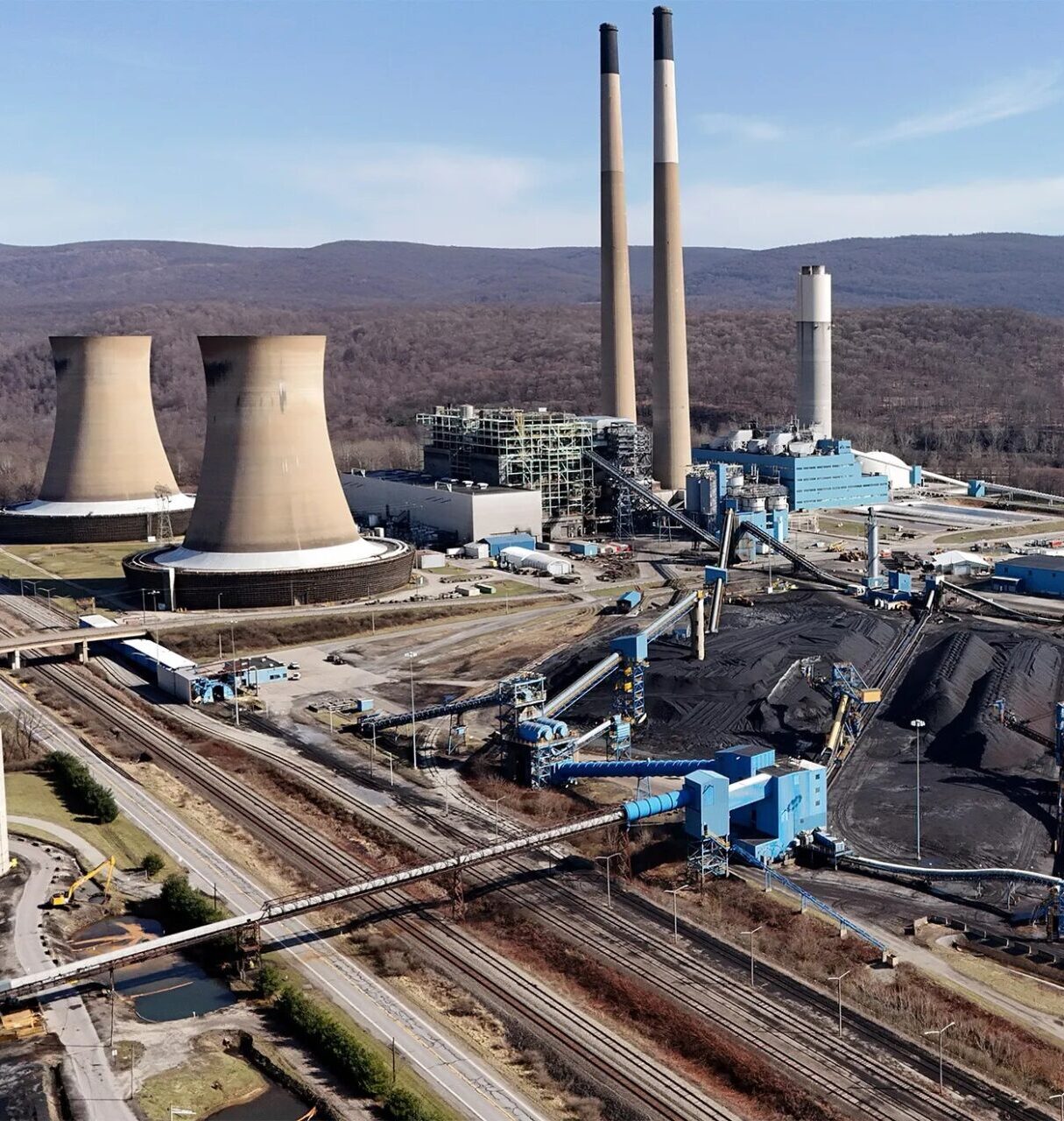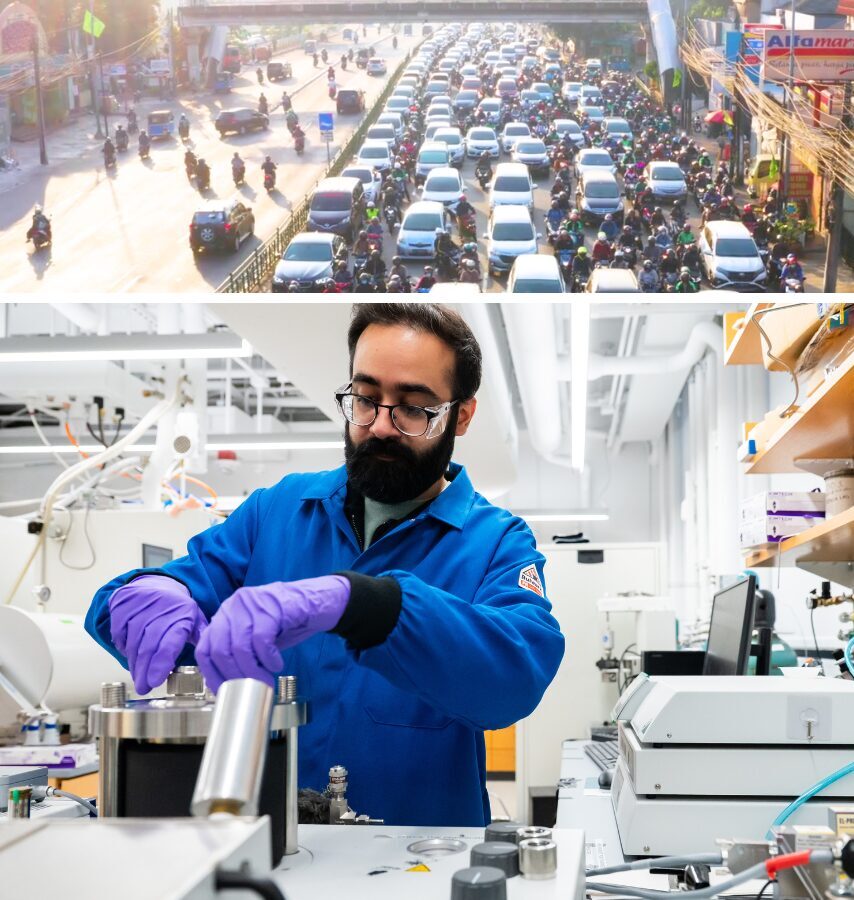A New Era in Space-Based Methane-Emissions Detection
MethaneSAT is unique not only in its technical capabilities but in that it was conceived and implemented by a non-governmental organization – the Environmental Defense Fund (EDF). EDF has focused on reducing methane emissions for years, and MethaneSAT is a giant step forward in advancing that mission. Once the instrument is calibrated and tested, data from MethaneSAT will be freely available to anyone.
The Salata Institute for Climate and Sustainability at Harvard University produced a video primer on MethaneSAT here. The Salata Institute reported earlier on the satellite here.
Steven Wofsy, the Abbott Lawrence Rotch Professor of Atmospheric and Environmental Science at Harvard and a faculty affiliate of the Harvard Initiative on Reducing Global Methane Emissions (the Salata Institute’s methane research clsuter), is Principal Investigator of MethaneSAT. He and his Harvard team have played a central role in the design of the instrument since the inception of the project in 2016. (Wofsy provides detailed insights into MethaneSAT in a Harvard Gazette article here.)
Daniel Jacob, another methane-initiative faculty affiliate; the Vasco McCoy Family Professor of Atmospheric Chemistry and Environmental Engineering; and also an expert on satellite-based detection of methane emissions – has advised MethaneSAT. A number of experts at the Center for Astrophysics | Harvard & Smithsonian have also contributed to the development of the instrument.
EDF produced a video on the MethaneSAT here. See SpaceX’s recording of the launch here.







